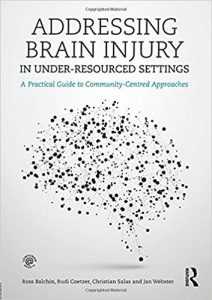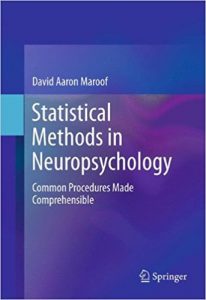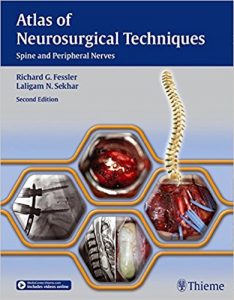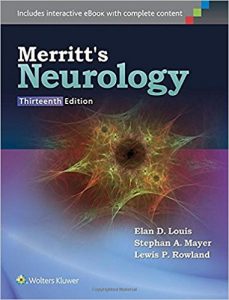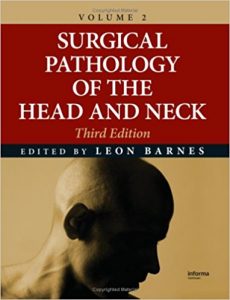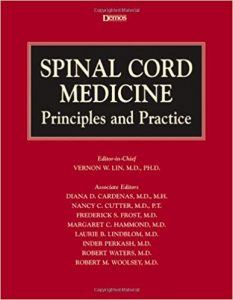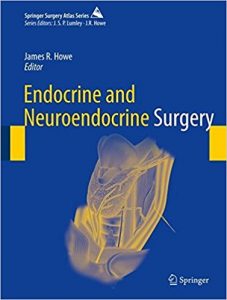Attention Disorders After Right Brain Damage: Living in Halved Worlds

[amazon template=image&asin=1447170113]
This book provides an overview of attentional impairments in brain-damaged patients from both clinical and neuroscientific perspectives, and aims to offer a comprehensive, succinct treatment of these topics useful to both clinicians and scholars. A main focus of the book concerns left visual neglect, a dramatic but often overlooked consequence of right hemisphere damage, usually of vascular origin, but also resulting from other causes such as neurodegenerative conditions. The study of neglect offers a key to understand the brain’s functioning at the level of large-scale networks, and not only based on discrete anatomical structures. Patients are often unaware of their deficits (anosognosia), and often obstinately deny being hemiplegic. Diagnosis is important because neglect predicts poor functional outcome in stroke. Moreover, effective rehabilitation strategies are available, and there are promising possibilities for pharmacological treatments.
Attention Disorders After Right Brain Damage is aimed at clinical neurologists, medics in physical medicine and rehabilitation, clinical psychologists and neuropsychologists. It will also be useful for graduate students and medical students who wish to understand the topic of attention systems and improve their knowledge of the neurocognitive mechanisms of attentional deficits. In addition, clinical researchers in neuropsychology and cognitive neuroscience will find in this book an up to date overview of current research dealing with the attention systems of the human brain.
About the Author
Dr. Paolo Bartolomeo, MD, PhD trained as a clinical neurologist and as a neuroscientist. He is head scientist of the research team investigating the Cognitive Neurosciences of Attention at the Brain and Spine Institute in the Salpêtrière Hospital, Paris, France, and full professor of Neuropsychology and Cognitive Neuroscience at the Catholic University, Milan, Italy. By using advanced behavioural, neuroimaging and neurostimulation methods, Dr. Bartolomeo has developed high impact work revealing the structural and functional neuroanatomy of attentional functions in normal individuals and in brain-damaged patients.

